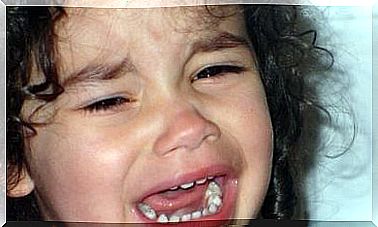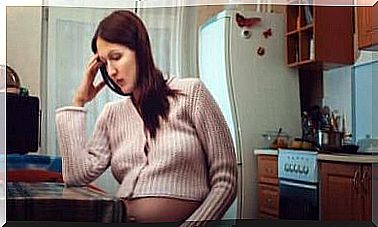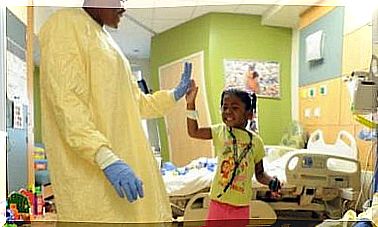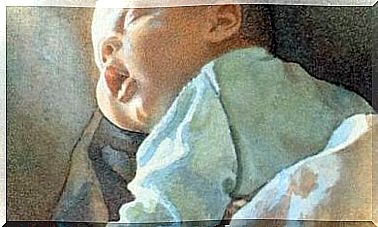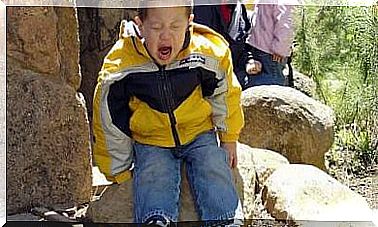The Emotional Development Of Children
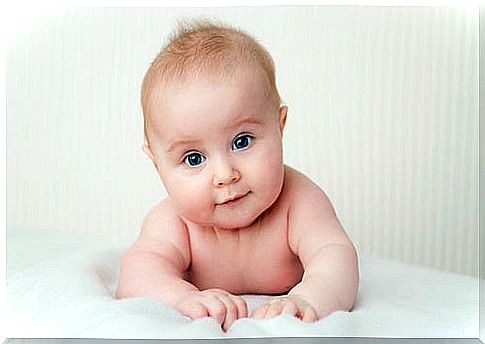
Children’s emotional development progresses as they grow up.
Not all children of a certain age are alike: as in other areas, the fact that some are more precocious than others is absolutely normal.
The emotional development of children is affected by the way we care for them, how we behave with them and show them our love.
Crying: the first form of communication
As soon as the baby is born it tells us if it is hungry or sleepy, if it has peed through a single form of communication: crying.
He does this spontaneously because crying is something innate in him, however, as time passes, he begins to cry to attract the attention of adults.
Whenever the baby cries, mum and dad run to take care of his needs. Always getting a quick response, she begins to understand that crying attracts the parents’ attention and that crying can satisfy the needs of the moment.
As in a chain reaction, the more the baby finds answers to his requests every time he cries, the more he believes it is the best way to get attention.
Here’s how he begins to develop emotionally and how he learns to relate to those around him.

Our advice :
Pay attention to what your child needs. Keep in mind that your dedication to him will avoid deep emotional wounds that he would carry into adulthood.
Laughter and smiles: another step in the climb to development
At first , babies smile spontaneously and naturally, especially when they sleep.
These first signs of happiness do not actually prove that the child is really happy: they are just the result of the activity of the nervous system. At around 3 months, babies actually begin to smile with awareness.
The expression of other emotions
During the early stages of life, newborns can only express:
- Sadness
- Cheerfulness
- Disgust
- Anger
- Fear
- Interest
For small children it is impossible to express emotions other than these, because they do not know them.

Over time, however, they begin to express other types of emotions.
A child is capable of feeling jealous, feeling proud and ashamed. Obviously he cannot express all this like adults, that is, through the expression of the face.
The emotional development of children
As mentioned, children’s emotional development progresses as they grow up.
Babies from 0 to 3 months
Up to 3 months of age, babies cry to signal their discontent and do not stop until their needs are met.
Around 3 months, the so-called social smile appears (the little one smiles at everyone). During this stage the children show great interest in the faces of the adults they live with.
Babies from 4 to 6 months
From 4 to 6 months, babies respond to verbal stimuli and caresses from adults. During this time they will go from sadness to cheerfulness very easily.
Babies from 7 to 9 months
From 7 to 9 months, their interest in toys will increase and they will want to get to know them in depth. They will pick them up, turn them over and slam them on hard surfaces, even if they still want to play next to their mom.
During this stage they will become more sensitive to the emotions of other children. If other little ones cry near them, they too will immediately start crying.
Children from 10 to 12 months
From 10 to 12 months, babies will constantly claim the attention of the people they love and observe their every move in detail.
They will have a strong preference for some of the adults in the house rather than others, and the same will happen with toys. One of them will always be their favorite.
When they are in their first year of life and as your children grow up, you need to educate them emotionally and prepare them for the adult life they will face.

